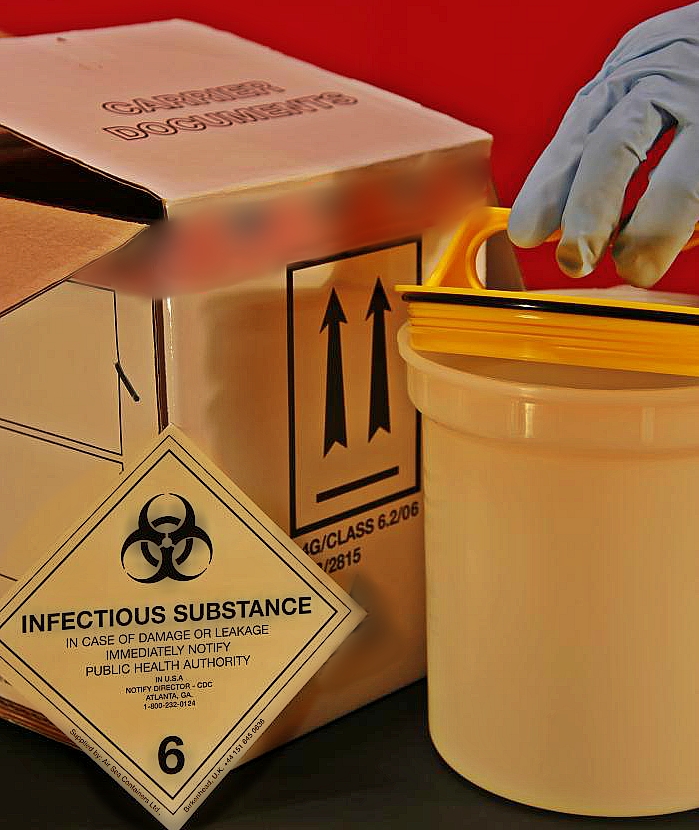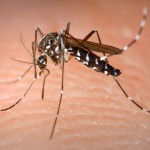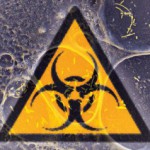Viral comments (18): Transporting infectious materials, Delivering on the cutting edge of the sword.

The transport of infectious material is an essential issue, but it is often left aside when the biological risk is been evaluated on a facility. A biosafety facility working with pathogenic agents, has been designed and operates to hold controlled, contained, these pathogenic agents, which can be propagated at very high concentrations. Nevertheless, in the current research network, where the transfer of information and materials is continuous, we have also to transfer this infectious material between laboratories on different locations.
And here is the problem. In a facility, if it is well designed and with a good maintenance, the surprises would be the less, and we must have procedures to respond the main foreseeable “surprises”. Nevertheless when we send an infectious material, “we launch” this infectious material outside in a package which we believe in it and that was design as secure and safe, but submitted to more hazardous circumstances, less controllable, simply because no longer depends on us and we cannot expect that everyone has the “focus” or the mind concentrated on risk assessment or biosafety issues.
When we want to send an infectious material, it is obvious that it must be protected from the external aggressions that the environment can release. Because of this, and as general rule (we will develop that in a subsequent post), the pathogenic agent must be packaged in a triple container. The first one will contain the pathogen; this container must be rigid and hermetic. It must find itself inside of a second container, airtight (but not necessarily rigid) and that will contain enough absorbent material to restrain the infectious material in the case the primary container breaks or leaks. Finally, the second container will be in a third container that must show in its external surfaces all the marks and labels needed to allow the identification of the contents without having to open the package.
Dependant of the riskiness of the infectious material, it will be classified as A or B, and this affects the “quality” of the packing, but the rule of the triple layer, or container, is general. The complete address of the sender and recipient must appear very clearly, and it is a general rule; also it is recommendable to provide a phone number and the contact person available 24 hours in case of any incident (in fact, it is obligatory for A category packages, but not for the ones of category B).
For many years, one already brushes gray hairs, I have seen how many packages of infectious material were made (and I have done many) to be sent. Many years ago, in a very “amateur” way and not in a very professional way, using the scarce materials and packages we had available. Nowadays, we are holding on much more to the regulations but still in an environment of research centers, where there is no specific personnel for this activity and that they do not request nor let themselves be professionally advised, much or less, in those matters by specialized companies, which actually exist. Because depending on which package or advice, it has its price, evidently. We are not going to deny that a long path was already walkthrough, but there is still enough road to walk.
But that, that is another story.













